High School Dress Codes: Sexist or Appropriate?
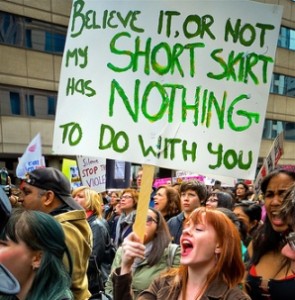
We can see a trend of the extremely conservative codes that we experienced in the last few decades shifting to ones that allow more personal expression and freedom of choice. We also see codes that do not shame women’s bodies as much. Unfortunately, a majority of these newer school dress codes particularly target women’s choices in clothes above their male peers. Certain codes such as the “three finger rule” for shoulder coverage as well as other tests to determine how long shorts have to be are specifically tailored to women. This is especially problematic during the hotter months of the year when wearing clothes that are considered a dress code violation is often a more comfortable and available choice than the school-approved alternatives. More disturbing than the practical disadvantages of our school’s dress code is the message it sends to the students. One of the most common defenses of the current dress codes is as follows, “Wearing shorter or more ‘revealing’ clothes (almost exclusively talking about women) will distract other, (usually referring to male) students.”
This is an extremely critical point in the dress code debate because it suggests that instead of dressing for the purposes of self-expression or simply feeling good in certain clothes, women dress for other students, namely male peers. Not only is this highly inaccurate, but it blames the “victim” instead of holding the other students responsible. If the populace of the school is truly getting distracted by their classmates wearing different clothing then why are we not teaching our students to not objectify and over-sexualize their peers’ bodies instead of punishing their classmate? It is a scenario all too similar to modern rape culture in which the victim is often blamed instead of the attacker instead of holding the latter accountable for their actions and sends a disturbing message to all students affected.
The shaming and objectification of women’s bodies that rape culture revolves around can only be perpetuated by singling out women and forcing them to cover up. One of the most common phrases in said culture when talking about the victim is that “she was asking for it.” While this quote can be used in several different contexts, try putting it into a perspective specific to women wearing shorter or more revealing clothes. We cannot keep pretending that codes do not enforce these ideals by restricting women’s clothing choices over their male peers. Rules such as these make women feel like sexual objects which leads them to feel ashamed of their bodies. Students appear to have a similar opinion when confronted with the issue.
While conducting a survey in a WBHS class of 26 students, we asked if the students thought that dress code should be changed. 13 out of 26 students all said that they would personally benefit from a change in dress code; all 13 were female. We then asked if they thought the code should have tighter regulations or become more lenient and all thirteen continued to say that many of the regulations, specifically placed on women, should be amended. Finally, we asked how many of them had been confronted by a staff member over what they had worn and 12 of 13 said that they had been confronted, or seen a friend confronted about what they had worn. Last school year (2012-2013) some students were turned away at the door in the last few months of the year because they were deemed to have been showing “too much skin.”
In search of a different point of view, we wrote down opinions from a few different teachers and students from around the school. The first teacher we asked did not know any specifics of the dress code and neither did the next. The second teacher interviewed suggested that, although she did not know much about the dress code, she still thought that restrictions on wearing leggings ought to be put into place due to their elasticity. We managed to catch the school’s principal, Mr. Tom Shelton, for a quick interview and his views on how dress code affects the students. We asked him what he thought of our school’s dress code and whether it needed to be changed or not. He said, “I think the dress code is being enforced.” Principal Shelton went on to agree with the previous statement that the violations of dress code are more common during the summer months, and expressed his view that students need to remember to be careful what they wear when the weather gets hot. We tried getting a student’s perspective on the subject. Tenth grader, Blair Sakwa, when asked what she thought of our school’s dress codes said the following. “It is taking something that is casual for girls and changing it into something that objectifies them and makes them feel indecent in everyday clothing.” When the same question was asked to Doug Husic, a senior at West Bloomfield High School, he quoted, “The rules set up women to be objectified because they draw a line between what is ‘proper’ and what is not.” Mrs. .Katherine Law, a sociology of gender and AP World History teacher at WBHS also said, “High school is the beginning of our social development and administrators need to remember the messages that policies like this send to students. It is a cultural problem which should not be perpetuated.” Finally we interviewed Ms. Marlowe B’sheart, the Spectrum administrator, English, and sociology of gender teacher, who was informed on the current dress codes. When asked what she thought of our dress code she said, “As a fan of individual expression I struggle with the philosophies that inform dress codes. Exploring the dress code through the lens of gendered inequality may inform us of unspoken ideas we, as a community, communicate around gender.” Most inequalities resulting from the dress code are inherently gendered against women and should be addressed. The sad truth of it is that school dress codes are locked into an unquestioned system of inherently sexist policies. Only by addressing said policies and continuing to amend them to include complete equality can we claim to have a truly equal system which is mutually beneficial to both the concerned staff, as well as the students victimized by the policy that they are forced to adhere to every day.
What do you think? Leave a comment.
West Bloomfield High School’s Dress Code
1. No inappropriate or revealing clothing is permitted.
2. No bras or underwear showing. Pants must be at waistline.
3. No clothing with inappropriate messages: sexual references, profanity,
alcohol and drugs.
4. No bare midriff for males or females.
5. Short Skirts must be mid-thigh (no shorter than 3 inches above the knee.
(No short-shorts or short skirts)
6. Shoulders must be covered.
7. No hair grooming attire or sleepwear may be worn in school.
8. Disciplinary action will be assigned for dress code violations.
Your donation will support the student journalists of West Bloomfield High School. Your contribution will allow us to purchase equipment and cover our annual website hosting costs.
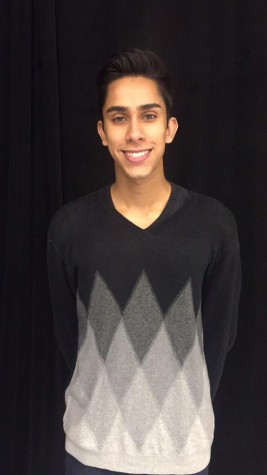
Neil Haran is currently a senior at WBHS. This is his third year writing for Spectrum. His areas of interest include politics, social justice, and the...

This is Reilly's third year writing for Spectrum and is an editor. She is a Senior. She loves writing creative pieces for the newspaper. She would love...



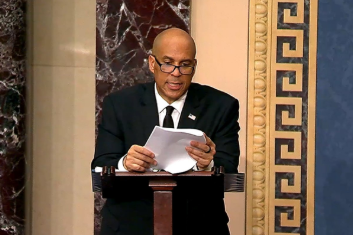
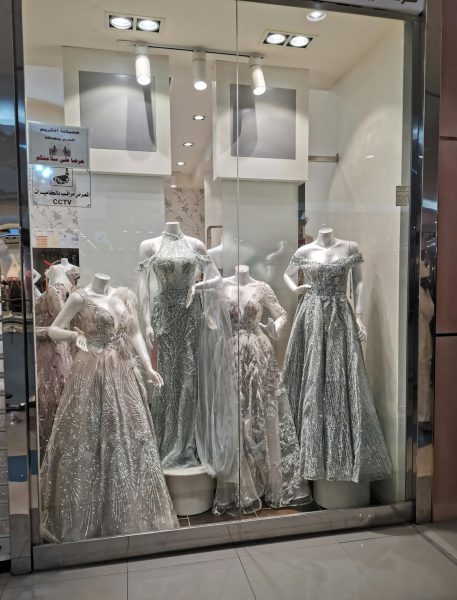
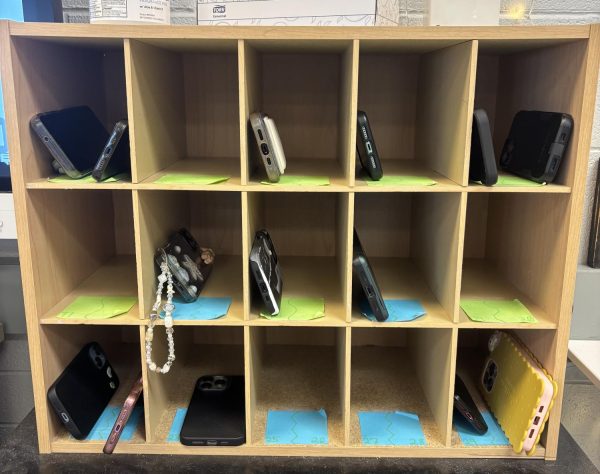


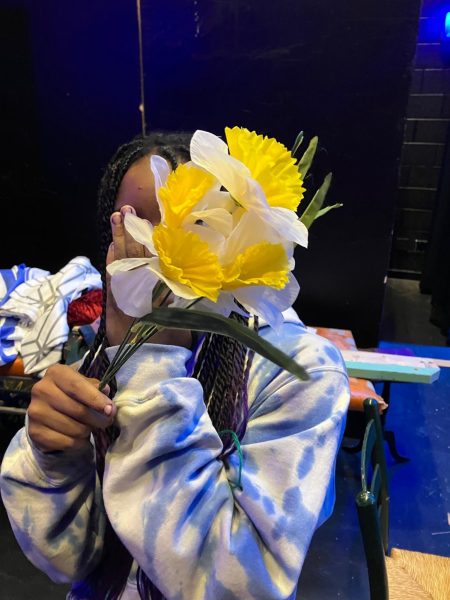
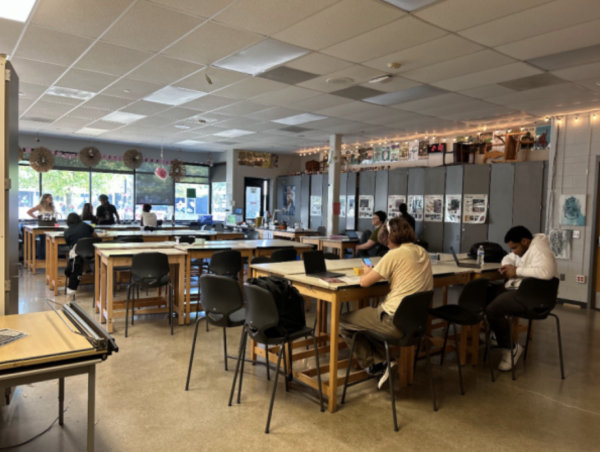


Mercedes • Feb 26, 2014 at 8:31 pm
I do not totally agree with the dress code either. Especially the no shoulder and shorts length rule. There is also a rule that says no sleepwear but i see people wear pajamas all the time. I personally like uniforms just because there easier and i like the look of some. I agree that this is the time that we are trying to find our identity but i think uniforms would stop all the discrimination with the dress code. And people can express theirselves or free dress days or outside of school.
Willie • Feb 26, 2014 at 8:44 am
I feel that this is appropriate but very naïve. I feel this way because a student should not have to dress ascertain way to be able to get an education. A student should be able to express themselves in every way possible including the way they dress.
Ian • Feb 25, 2014 at 3:57 pm
It would interesting to see how many male students have been punished for having their underwear show, as is the “saggy pants” style of todays generation.
Sydney Samson • Feb 25, 2014 at 2:50 pm
I totally agree with the article and the opinions expressed by most of the students. The dress code at our school is based on the fact that girl students are looked at as sexual objects by their male peers, and suggests that it is their responsibility to prevent themselves from being viewed in this way. I also agree with the association with rape that the article talked about. We shouldn’t have to teach girls how to prevent bring raped; there should not be any rape in the first place. In the same way, girls should not be forced to wear different clothing in order to prevent being objectified by classmates. Their classmates should learn to look at them in more respectable ways. However, there is a point where “self expression” may become so inappropriate to the point where it just becomes uncomfortable for everyone around. However, it is kind of hard to determine where self expression turns into being just plain inappropriate. The school needs to find a happy medium between the two. In terms of gender, it is hard to make a dress code that flat out applies to both boys and girls equally because they wear different types of clothing and have different styles. I don’t think that an all encompassing dress code that applies to both genders can be generated because of these differences.
Monica • Feb 24, 2014 at 10:33 am
Look, when I went to school there was a dress code for both males and females. It was equally enforced. It’s school. For 8 hours a day. Follow their rules. When you leave school dress all the ways you want. You also seem to list all the rules for girls but none for guys. I am sure there are rules for guys. No saggy pants, possibly always wear a belt, I’m sure certain kinds of shirts are not allowed. I’m sure they can’t wear hats. You basically present this as if only women are being “victimized” but this when the males get it just as bad too. There is nothing wrong with a school wanting to keep things orderly with a dress code. This is not oppression, this is not about rape culture, this is about kids behaving and following the rules. The guys have a dress code too this isn’t unfair in the least. You wanted an honest comment you got one.